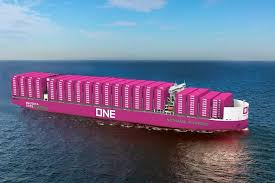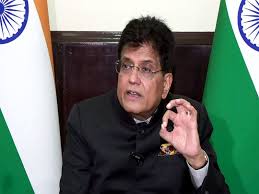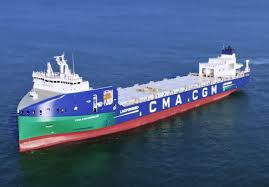
The world recognised that pharmaceutical products (medicines, vaccines, and so on) are critical and must be readily available in cities, towns, and villages, especially during emergencies.
A strong supply chain network is required for this to occur. A system that tracks and traces packaging, loading, storing, temperature control, transit, and all other possible movements to ensure full product integrity and efficacy. This necessitates a comprehensive distribution network that is both reliable and consistent.
Temperature-controlled infrastructure
While I believe that the temperature-controlled infrastructure is inadequate, capacity is being built and the network is being prepared to meet the changing needs of the pharmaceutical supply chain. The majority of pharmaceutical companies remain unsure about their supply chain initiatives. The post-Covid situation appears to be forcing these companies to re-evaluate various points before freezing network optimization.
The network and supply chain is far more complex today than they were a decade ago. There is less inventory on hand, for example, and a greater need for real-time supply signals to distribution points. The amount of data generated in a single day has increased exponentially, not just for pharmaceuticals but for all types of products. To successfully meet these challenges, the information technology infrastructure has been continuously upgraded. Numerous initiatives to streamline the sector have been announced and implemented over the years. I believe that the pharma industry is still in its early stages of development and that it will be some time before we see actual results.
Crisis-handling lessons from the past
There has been a substantial amount of learning. COVID is one of the most significant crises of the twentieth century. During this time, moving COVID vaccines and other life-saving drugs was critical. To reach pharmaceutical products in smaller quantities across India, the country developed its cold chain and dry chain distribution networks. As a result, many logistics companies developed these skills. We could also see how the Health Department played a role in ensuring that people in small villages had access to medicines.
We are willing to work with the government and pharmaceutical manufacturers to develop a solution that benefits the pharmaceutical industry’s cold chain and strengthens the industry.
Government’s role
We understand that the government is reviewing FDA regulations for medications to ensure that they are stringent and effective. Transferring a large number of medications to the cold chain is also included. This has been discussed for several years. A decision on these final guidelines would benefit businesses in determining their storage and transportation needs. We are willing to work with the government and pharmaceutical manufacturers to develop a solution that benefits the pharmaceutical industry’s cold chain and strengthens the industry.











